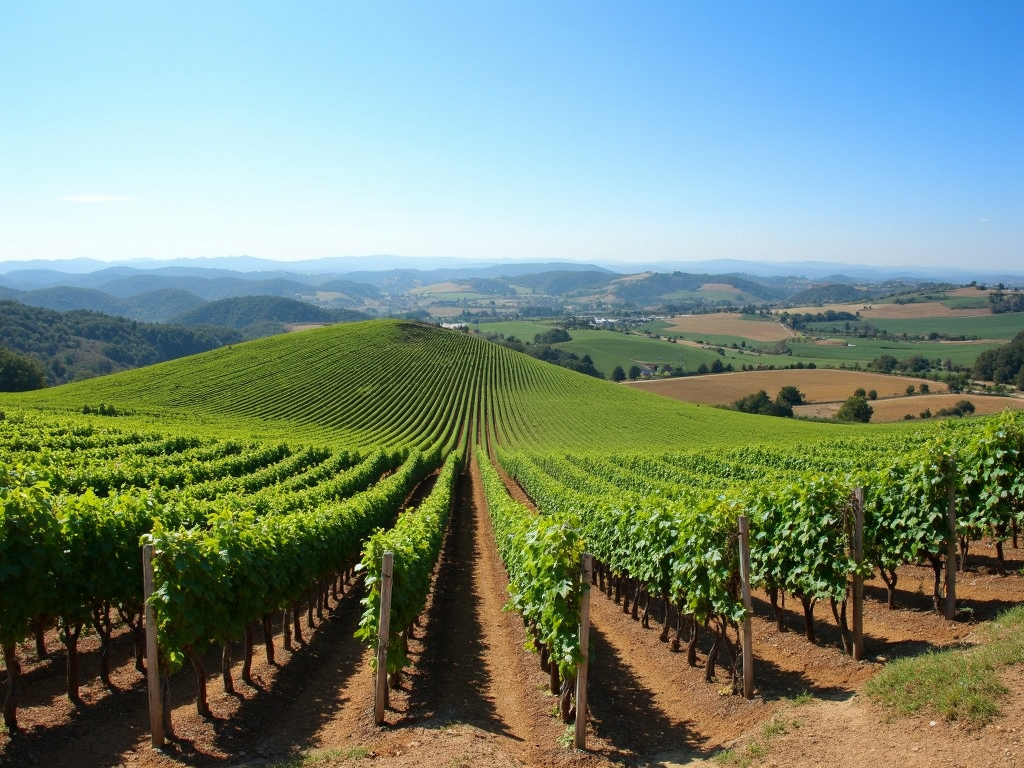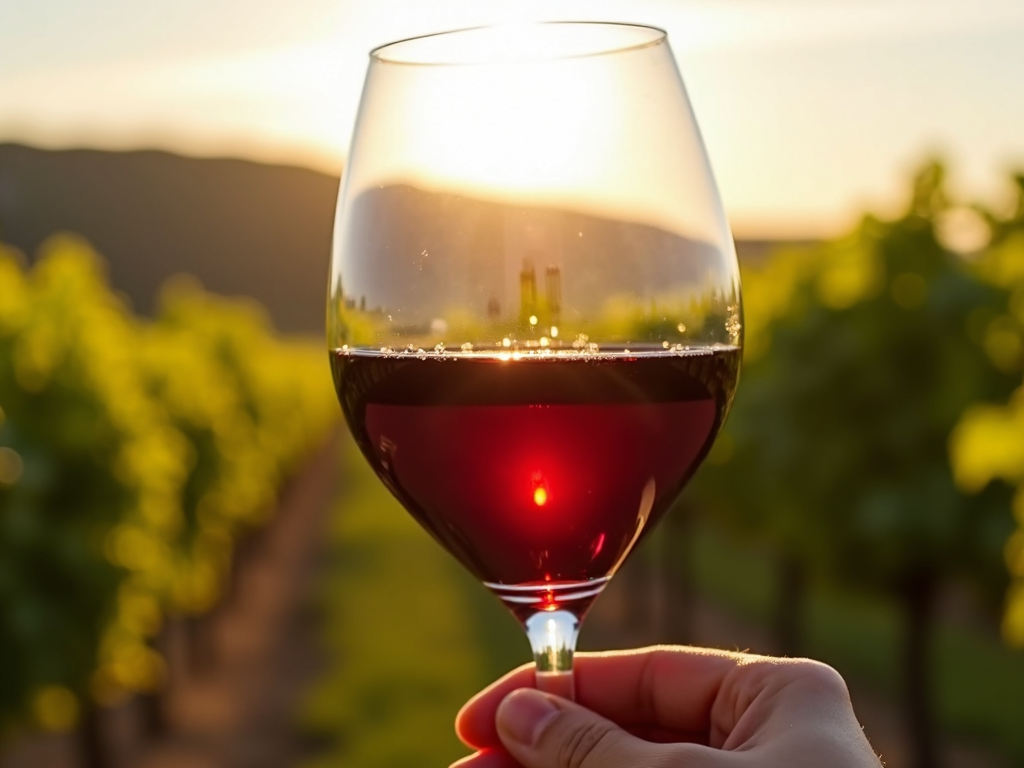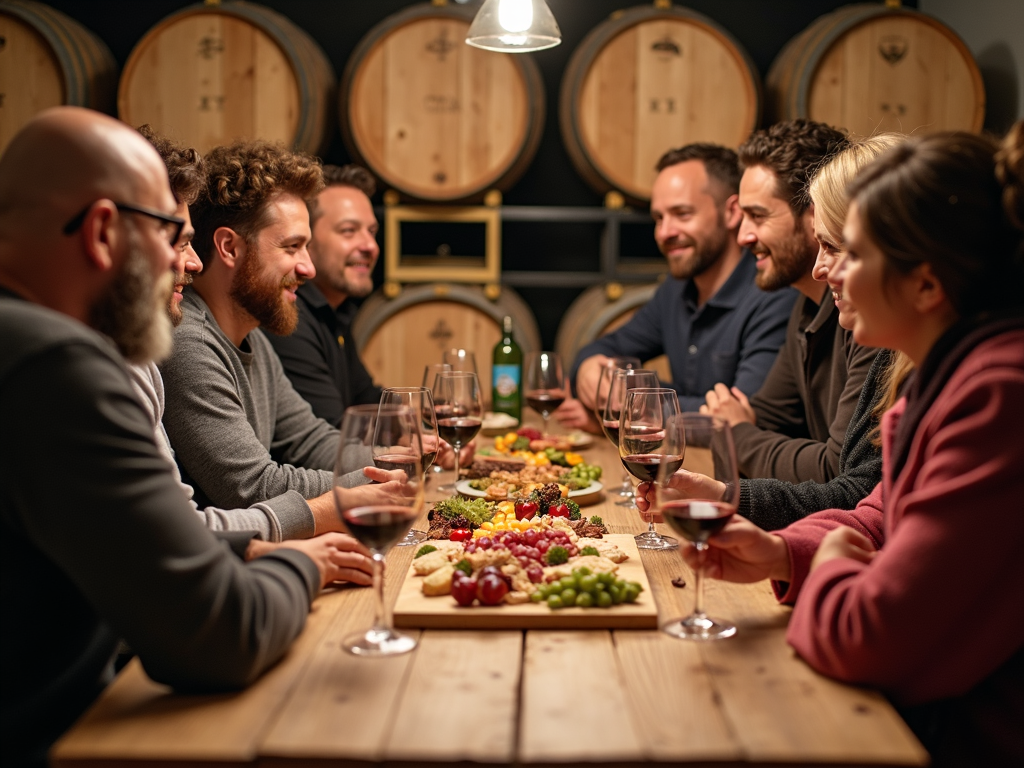A Beginner’s Guide to Wine Tasting in Sonoma County
Sonoma County is a paradise for wine lovers, offering a diverse range of vineyards and wineries that cater to all tastes. Whether you're a complete novice or have a budding interest in wine, this guide will help you navigate the world of wine tasting in Sonoma County with confidence and ease.

Preparing for Your Wine Tasting Experience
Before you embark on your wine tasting journey, it's important to know what to expect. Wine tasting in Sonoma County is not just about sipping wine; it's an immersive experience that engages all your senses. As a beginner, you might feel a bit overwhelmed, but don't worry—everyone starts somewhere.
Tips for Planning Your Visit: - Make Reservations: Many wineries require reservations, especially for tastings and tours. Check the winery's website or call ahead to book your spot. - Choose Wisely: Sonoma County is vast, with over 400 wineries. Focus on a specific region or type of wine to avoid feeling overwhelmed. For example, if you enjoy Pinot Noir, head to the Russian River Valley. - Pace Yourself: Limit your visits to 2-3 wineries per day to fully appreciate each experience without rushing.
Understanding Wine Tasting Basics
Wine tasting is an art that involves more than just drinking wine. It's about appreciating the color, aroma, and flavor of the wine. Here's a simple breakdown of the process:
- Look: Hold your glass up to the light and observe the wine's color and clarity. Is it deep red or pale yellow? Is it clear or cloudy?
- Smell: Swirl the wine gently in your glass to release its aromas. Take a moment to inhale and identify the scents. Do you detect fruits, spices, or earthy notes?
- Taste: Take a small sip and let the wine coat your palate. Pay attention to the flavors and how they evolve. Is it sweet, acidic, or tannic?
Common Wine Tasting Terms Simplified: - Body: Refers to the weight and fullness of the wine in your mouth. Light-bodied wines are delicate, while full-bodied wines are rich and intense. - Tannins: These are compounds found in grape skins and seeds that can make your mouth feel dry. Red wines typically have more tannins than whites. - Finish: The lingering taste and sensation after you swallow the wine. A long finish means the flavors persist for a while.

Exploring Sonoma County's Wine Regions
Sonoma County is divided into several distinct wine regions, each with its own unique characteristics. Here are a few you might want to explore:
- Russian River Valley: Known for its cool climate, this region produces excellent Pinot Noir and Chardonnay.
- Dry Creek Valley: Famous for its Zinfandel, this area offers a mix of small, family-owned wineries and larger estates.
- Alexander Valley: Home to bold Cabernet Sauvignon and Merlot, this region boasts stunning vineyard views.
Notable Wineries: - Jackson Family Wines: With multiple vineyards across Sonoma County, Jackson Family Wines offers a diverse range of wines. Their locations include the renowned Kendall-Jackson Winery and La Crema Winery, both of which provide excellent tasting experiences for beginners. - Other Recommendations: Consider visiting smaller wineries like Gary Farrell Vineyards or Martin Ray Winery for a more intimate tasting experience.
Wine Tasting Etiquette
Navigating wine tasting etiquette can be daunting for beginners, but it's simpler than you might think. Here are some dos and don'ts to keep in mind:
Dos: - Ask Questions: Winery staff are there to help and educate. Don't be afraid to ask about the wines, the winemaking process, or recommendations. - Spit or Swallow: It's perfectly acceptable to spit out the wine after tasting, especially if you're visiting multiple wineries. Most tasting rooms provide spit buckets. - Take Notes: Bring a small notebook or use your phone to jot down your thoughts on the wines you taste. This can help you remember what you liked and why.
Don'ts: - Don't Wear Strong Fragrances: Perfumes or colognes can interfere with your ability to smell the wine's aromas. - Don't Overindulge: Wine tasting is about savoring the experience, not getting drunk. Pace yourself and drink plenty of water between tastings. - Don't Be Afraid to Say No: If a wine isn't to your liking, it's okay to politely decline a pour or move on to the next one.

Enhancing Your Wine Tasting Experience
To make the most of your visit to Sonoma County, consider these additional tips:
Food Pairings: - Many wineries offer food pairing options or have on-site restaurants. Pairing wine with food can enhance the flavors of both. For example, try a crisp Sauvignon Blanc with goat cheese or a robust Cabernet Sauvignon with dark chocolate.
Other Activities: - Vineyard Tours: Take a guided tour to learn about the winemaking process and the history of the vineyard. - Picnics: Some wineries allow you to bring your own picnic or offer picnic areas. Enjoying a meal amidst the vineyards can be a delightful experience. - Wine Education Classes: Look for wineries that offer classes or workshops for beginners. These can provide a deeper understanding of wine and tasting techniques.
Wine tasting in Sonoma County is a journey of discovery, offering a perfect blend of education, relaxation, and sensory delight. By following this guide, you'll be well-prepared to embark on your wine tasting adventure with confidence. Remember to take your time, ask questions, and most importantly, enjoy the experience.
For more information on wine tasting and Sonoma County, check out the following recommended readings: